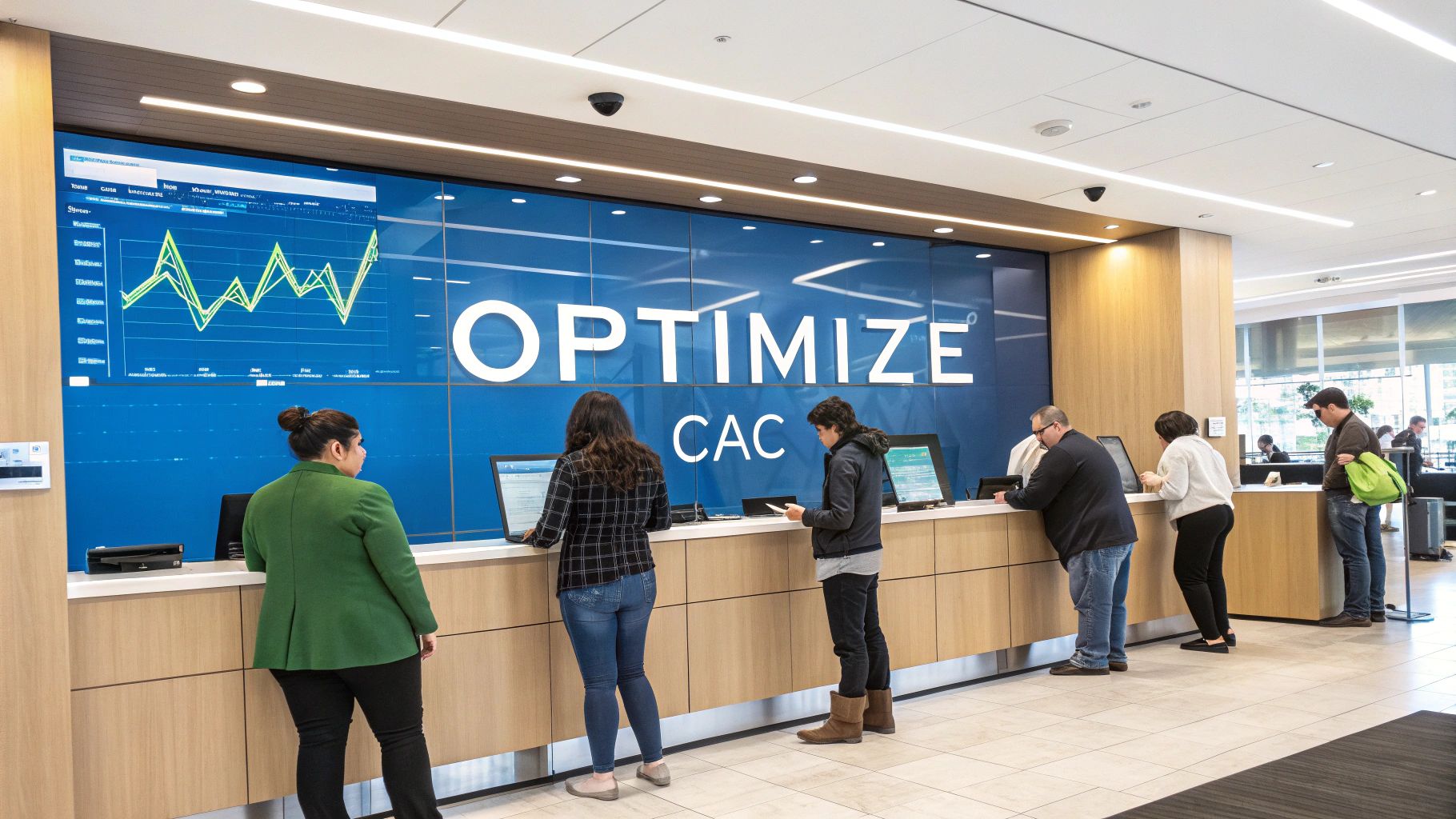← Back to News
Impact of Interest Rates on Bank Profitability in 2024
Banking Knowledge Base11/28/2024Banking Knowledge Base

Table of Contents
- Predictions for Interest Rates in 2024 and Their Implications
- Analyzing How Interest Rates Directly Affect Bank Profitability
- The Relationship Between Federal Reserve Decisions and Bank Performance
- Exploring Whether High Interest Rates are Favorable for Banking Institutions
- Rising Interest Rates: Impacts and Opportunities for Banks
- Examining the Connection Between Government Revenue and Interest Rate Hikes
- The Dual Impact of Interest Rate Fluctuations on Loans and Deposits
- Understanding Banks' Revenue Models When Interest Rates Decline
Predictions for Interest Rates in 2024 and Their Implications
The outlook for interest rates in 2024 hinges on various macroeconomic factors, including inflation trends, labor market conditions, and global economic dynamics. Economists predict a scenario of gradual interest rate increases, reflecting the Federal Reserve's strategy to counter inflation while balancing economic growth. These anticipated adjustments will inevitably shape multiple facets of the banking industry. Banks must strategize to maintain profitability amidst these changes. Rising interest rates typically increase banks' net interest margins, but the broader impacts on loan demands and credit risk must also be considered. In navigating these anticipated shifts, financial institutions can rely on data-driven insights and intelligence, such as those provided by comprehensive bank call reports. These resources empower banks to analyze and adapt to evolving financial climates effectively.Analyzing How Interest Rates Directly Affect Bank Profitability
Interest rates play a critical role in determining a bank's profitability. The spread between the interest rates banks charge borrowers and those they pay to depositors largely defines their profit margins. As rates rise, banks can generally increase the rates on loans faster than on savings accounts, thereby boosting their net interest margins. However, the impact of interest rates on profitability is not solely positive. Higher rates can dampen loan demand as borrowing costs increase, potentially leading to a drop in loan volumes. This scenario necessitates a proactive approach where banks use data intelligence to anticipate shifts in borrower behavior and adjust their strategies accordingly.The Relationship Between Federal Reserve Decisions and Bank Performance
The Federal Reserve's interest rate policies profoundly influence bank performance. Interest rate changes are a tool for managing the economy, influencing factors such as inflation and unemployment. When the Fed adjusts rates, it directly impacts the lending and borrowing environment. For banks, these policy decisions can affect asset values, interest income, and the cost of capital. A keen understanding of Federal Reserve strategies enables banks to optimize their portfolios and anticipate economic conditions. Banks that integrate predictive analysis tools, like those offered by Visbanking, can better manage these dynamics to achieve optimal performance.Exploring Whether High Interest Rates are Favorable for Banking Institutions
The perception of high interest rates as favorable for banks is nuanced. While elevated rates can enhance interest margins, they also pose challenges such as increased credit risk and reduced loan demand. For example, borrowers may struggle with higher repayments, leading to potential defaults. Banks must weigh these advantages against potential downsides. Using data-based insights allows banks to tailor their product offerings and pricing strategies, ensuring they capitalize on opportunities while mitigating risks in a high-rate environment.Rising Interest Rates: Impacts and Opportunities for Banks
Rising interest rates present both challenges and opportunities. On one hand, they lead to increased interest income and improved profitability for banks, assuming stable loan volumes. On the other, they can cause downward pressure on asset prices and an uptick in loan delinquencies. Opportunistically, banks can leverage rising rates to attract deposits by offering competitive savings rates. Innovating in product development and exploring strategic partnerships can also bolster resilience against the evolving economic landscape. Visbanking's intelligence systems can help banks identify these opportunities and optimize their operations.Examining the Connection Between Government Revenue and Interest Rate Hikes
Interest rate hikes can have an indirect impact on government revenue. As borrowing costs rise, taxable interest income for both individuals and corporations tends to increase, potentially boosting tax revenue. Conversely, if higher rates dampen economic activity, overall tax revenue might decline. For banks, understanding this dynamic is crucial for forecasting economic conditions and adjusting strategic plans. Banks that remain informed through reliable intelligence networks can better navigate these fiscal interactions and sustain their growth trajectories. Read more about how the largest U.S. banks have managed their strategies in response to Federal Reserve stress tests.The Dual Impact of Interest Rate Fluctuations on Loans and Deposits
Interest rate fluctuations create a dual impact on loans and deposits. When rates rise, loan costs increase, potentially deterring borrowers and impacting loan growth. However, higher rates can make deposits more attractive, bolstering banks' liquidity positions. The key for banks is to manage this dual impact by adjusting loan pricing models and deposit interest offerings. Utilizing predictive analytics and market insights enables banks to balance lending growth and deposit attractiveness, sustaining profitability in fluctuating markets.Understanding Banks' Revenue Models When Interest Rates Decline
When interest rates decline, banks face pressure on their net interest margins, as the spread between the rates earned on loans and those paid on deposits narrows. This scenario may compel banks to explore alternative revenue streams, such as fee-based services and wealth management products. Adapting to a low-interest-rate environment requires innovation and strategic agility. Banks that leverage advanced analytics and actionable intelligence, such as Visbanking's systems, are better positioned to optimize their revenue models, enhance customer offerings, and navigate the challenges of declining rates. For an in-depth view of how banks manage unrealized losses in varying interest rate environments, visit our detailed analysis of unrealized losses at banks in the U.S..Frequently Asked Questions: Interest Rates and Banking
1. How do rising interest rates impact bank profitability?
Rising interest rates generally help increase banks' net interest margins by allowing them to charge higher rates on loans faster than they raise rates on deposits. However, this can also reduce loan demand due to higher borrowing costs, necessitating strategic adjustments using data intelligence to anticipate changes in borrower behavior.2. What role do Federal Reserve decisions play in bank performance?
The Federal Reserve's interest rate policies significantly influence bank performance by affecting lending and borrowing conditions. These decisions can impact asset values, interest income, and capital costs. Banks that utilize predictive analysis tools can better manage these economic conditions to optimize their portfolios.3. Are high interest rates beneficial for banks?
High interest rates can enhance bank profit margins but also increase credit risk and reduce loan demand. Banks must balance the benefits with potential downsides, using data-driven insights to tailor product offerings and pricing strategies to capitalize on opportunities in a high-rate environment.4. How do interest rate fluctuations affect loans and deposits?
Interest rate changes have a dual impact: they raise loan costs, potentially deterring borrowing, while making deposits more appealing by offering higher returns. Banks must manage this dual impact by adjusting loan pricing models and deposit interest offerings, maintaining balance in growth and liquidity.5. What are the implications of declining interest rates for banks' revenue models?
When interest rates decline, banks face decreased net interest margins as the spread between loan rates and deposit rates narrows. This challenges banks to diversify revenue streams through fee-based services and wealth management products, requiring strategic innovation and agility supported by advanced analytics.Similar Articles

Brian's Banking Blog
Mastering Operations in the Banking Industry for Strategic Advantage

Brian's Banking Blog
Top Stakeholder Engagement Strategies for Banking Executives

Brian's Banking Blog
A Guide to the Bank Leverage Ratio for Executives and Directors

Brian's Banking Blog
Loan to Deposit Ratio Definition: A Strategic Guide for Bank Executives

Brian's Banking Blog
Key Trends in the Banking Industry for Bank Executives

Brian's Banking Blog
Automation in Banks: A Strategic Growth Imperative

Brian's Banking Blog
Largest Banks in Texas: A Data-Driven Analysis for Executive Leadership

Brian's Banking Blog
Net Interest Margin in Banks: A Strategic Guide for Executives

Brian's Banking Blog
Optimizing Net Interest Income for Bank Profitability

Brian's Banking Blog